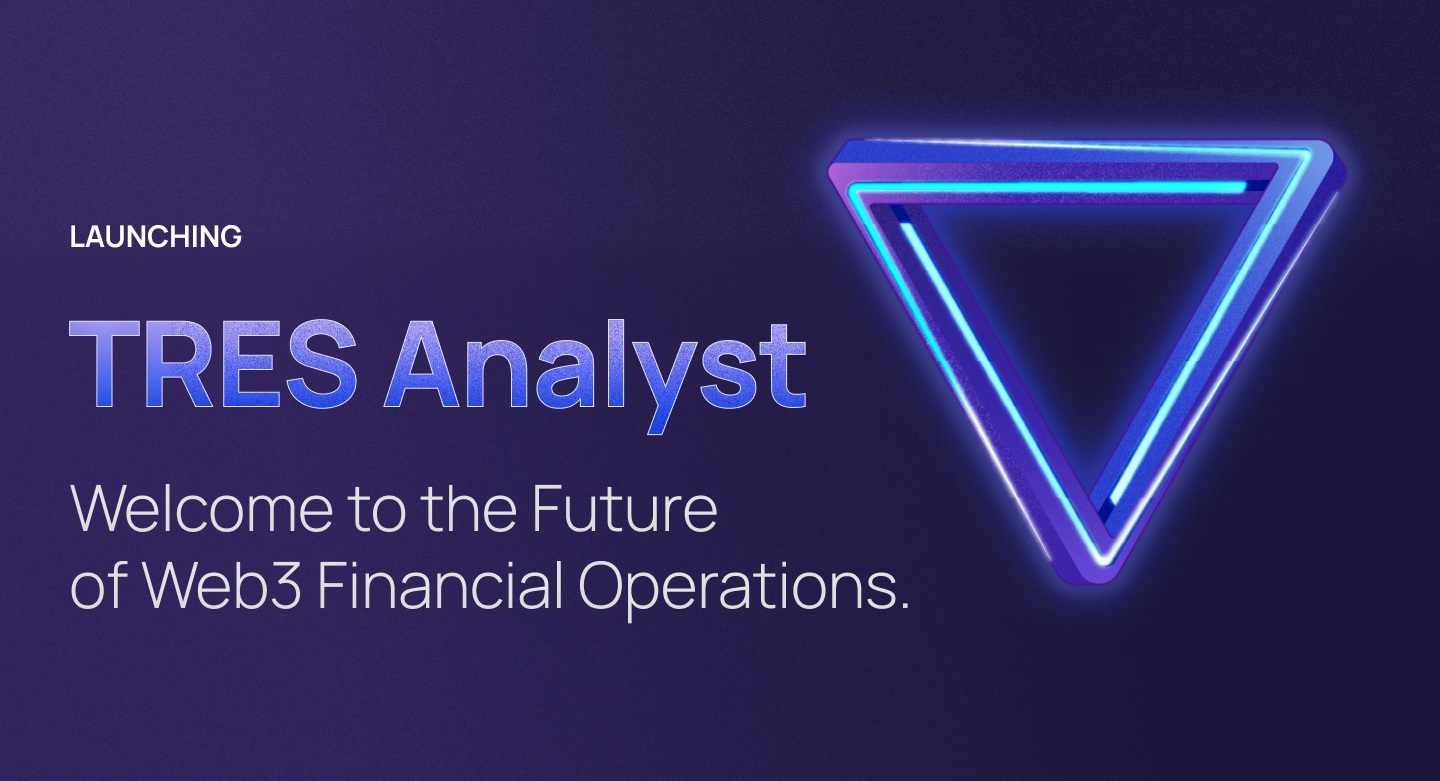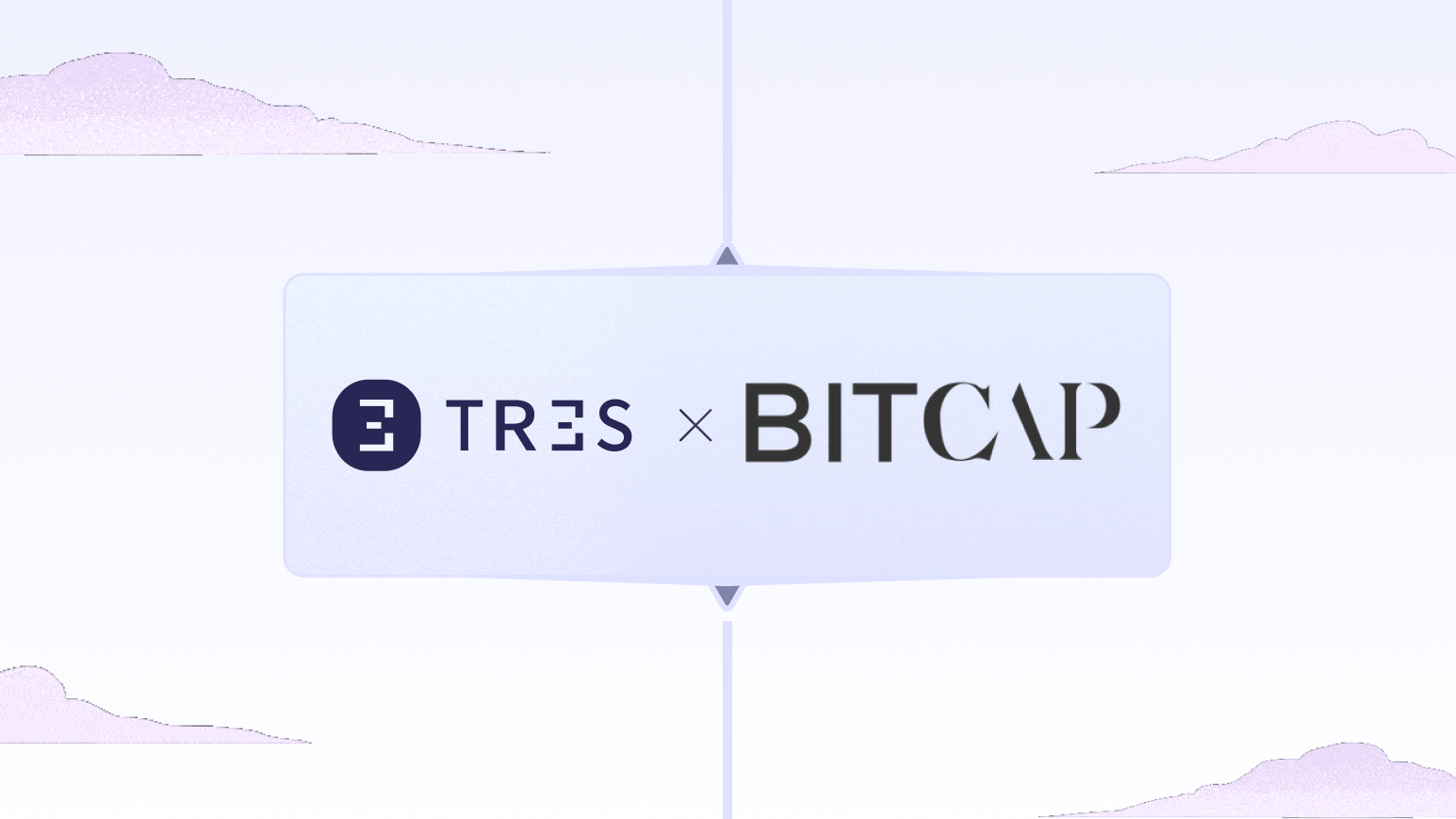Ethereum Classic (ETC) is a blockchain-based distributed computing platform that offers smart contract (scripting) functionality. It is a fork of Ethereum, created after the DAO hack in 2016. ETC is a decentralized platform, meaning that it is not controlled by any single entity. It is also an open-source project, meaning that its code is freely available to anyone to use or modify.
ETC is similar to Ethereum in many ways, but it differs in one key way: ETC did not roll back the blockchain after the DAO hack. This means that the hack is still part of the ETC blockchain, and the stolen funds are still in circulation.
ETC has a smaller community and ecosystem than Ethereum, but it is still a viable platform for building decentralized applications. It is also a more affordable platform for users, as transaction fees are typically lower than on Ethereum.
Here are some of the key features of Ethereum Classic:
- Smart contracts: ETC supports smart contracts, which are self-executing contracts that can be used to automate a variety of tasks.
- Decentralized: ETC is a decentralized platform, meaning that it is not controlled by any single entity.
- Open source: ETC is an open-source project, meaning that its code is freely available to anyone to use or modify.
- Low fees: ETC transaction fees are typically lower than on Ethereum.
- Immutability: The ETC blockchain is immutable, meaning that it cannot be changed or tampered with.
Supported features
Supported
Supported
Supported
Supported
Supported
Supported
Supported
Accounting for Ethereum Classic (ETC) can be challenging for a number of reasons, including:
- Lack of regulatory guidance. There is no single, universally accepted accounting standard for ETC. This can make it difficult for accountants to determine how to account for it in accordance with generally accepted accounting principles (GAAP).
- Volatile prices. The prices of ETC can fluctuate wildly, which can make it difficult to accurately value them on a balance sheet.
- Difficult to track. ETC is often stored in digital wallets that are not subject to the same level of oversight as traditional bank accounts. This can make it difficult to track the movement of ETC and to ensure that they are properly accounted for.
- Technical complexity. The underlying technology of ETC is complex, which can make it difficult for accountants to understand how it works and how to account for it.
As a result of these challenges, there is a risk that ETC could be misaccounted for, which could lead to financial reporting errors. In order to mitigate these risks, accountants should carefully consider the specific circumstances of each ETC transaction and consult with legal and tax experts as needed.
Here are some specific challenges that accountants may face when accounting for ETC:
- Determining the fair value of ETC. The fair value of ETC is the price at which it could be bought or sold in an arm’s-length transaction. However, the prices of ETC can fluctuate wildly, making it difficult to determine their fair value.
- Identifying the appropriate accounting treatment for ETC. The accounting treatment for ETC depends on how it is held and used. For example, ETC that is held for investment is typically accounted for as intangible assets, while ETC that is held for sale is typically accounted for as inventory.
- Recording ETC transactions. ETC is often traded on decentralized exchanges, which can make it difficult to track the movement of ETC and to ensure that they are properly recorded in the accounting records.
- Taxing ETC transactions. The tax treatment of ETC transactions can vary depending on the jurisdiction. Accountants need to be familiar with the tax laws in their jurisdiction in order to ensure that ETC transactions are properly taxed.
Despite the challenges, there are a number of steps that accountants can take to mitigate the risk of misaccounting for ETC. These steps include:
- Obtaining a clear understanding of the nature of ETC and the underlying technology.
- Consulting with legal and tax experts to ensure that ETC transactions are properly accounted for and taxed.
- Developing internal controls to ensure that ETC transactions are properly recorded and tracked.
- Staying up-to-date on the latest developments in the ETC ecosystem.
By taking these steps, accountants can help to ensure that ETC is properly accounted for and that financial reporting is accurate.
In addition to the challenges mentioned above, there are a few other specific challenges that accountants may face when accounting for ETC. These include:
- The immutability of the ETC blockchain. The ETC blockchain is immutable, meaning that it cannot be changed or tampered with. This can make it difficult to reverse fraudulent transactions or to correct errors in the blockchain.
- The lack of regulatory clarity. The regulatory landscape for ETC is still evolving. This can make it difficult for accountants to determine how to comply with applicable laws and regulations.
Despite these challenges, accounting for ETC is possible. By carefully considering the specific circumstances of each ETC transaction and consulting with legal and tax experts, accountants can help to ensure that ETC is properly accounted for and that financial reporting is accurate.


